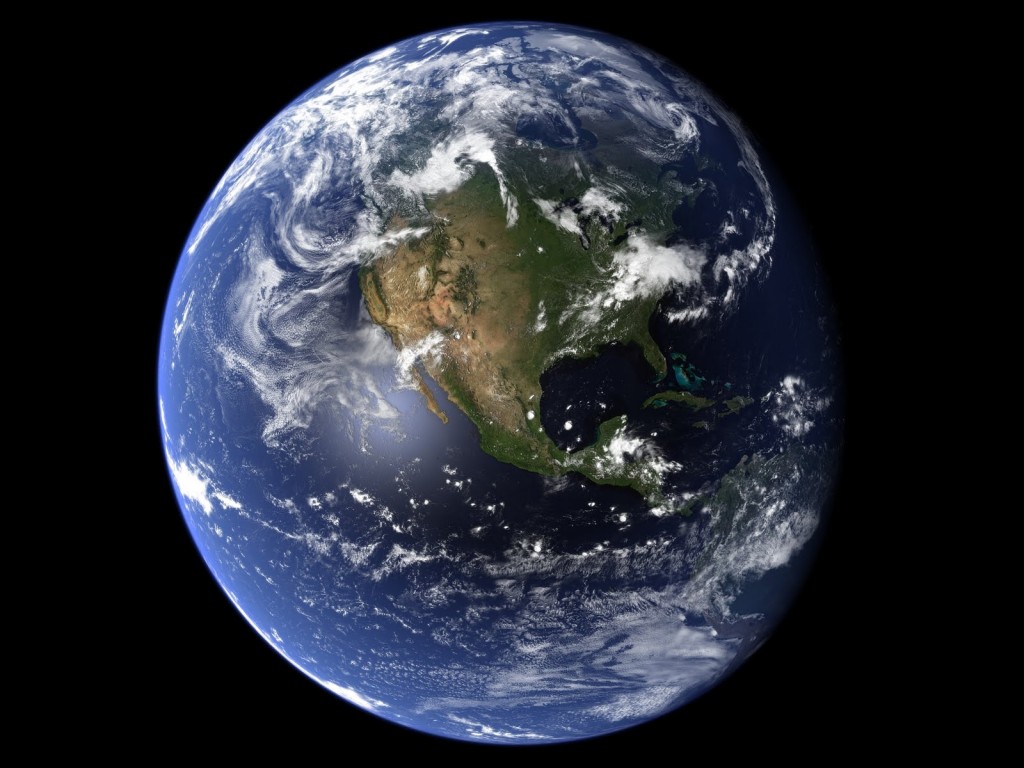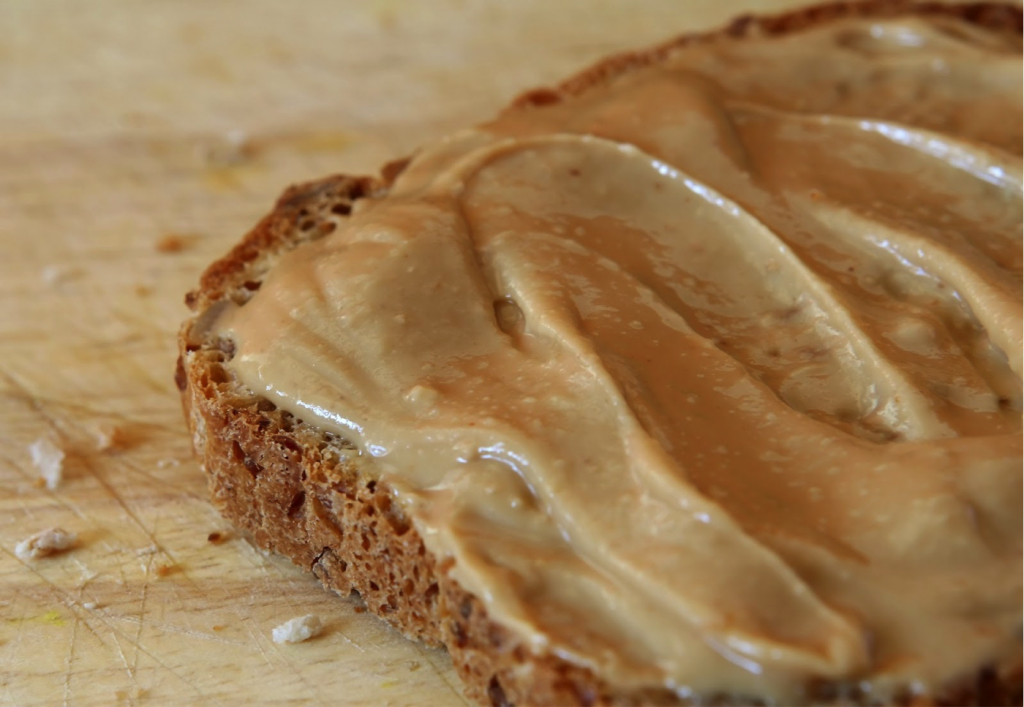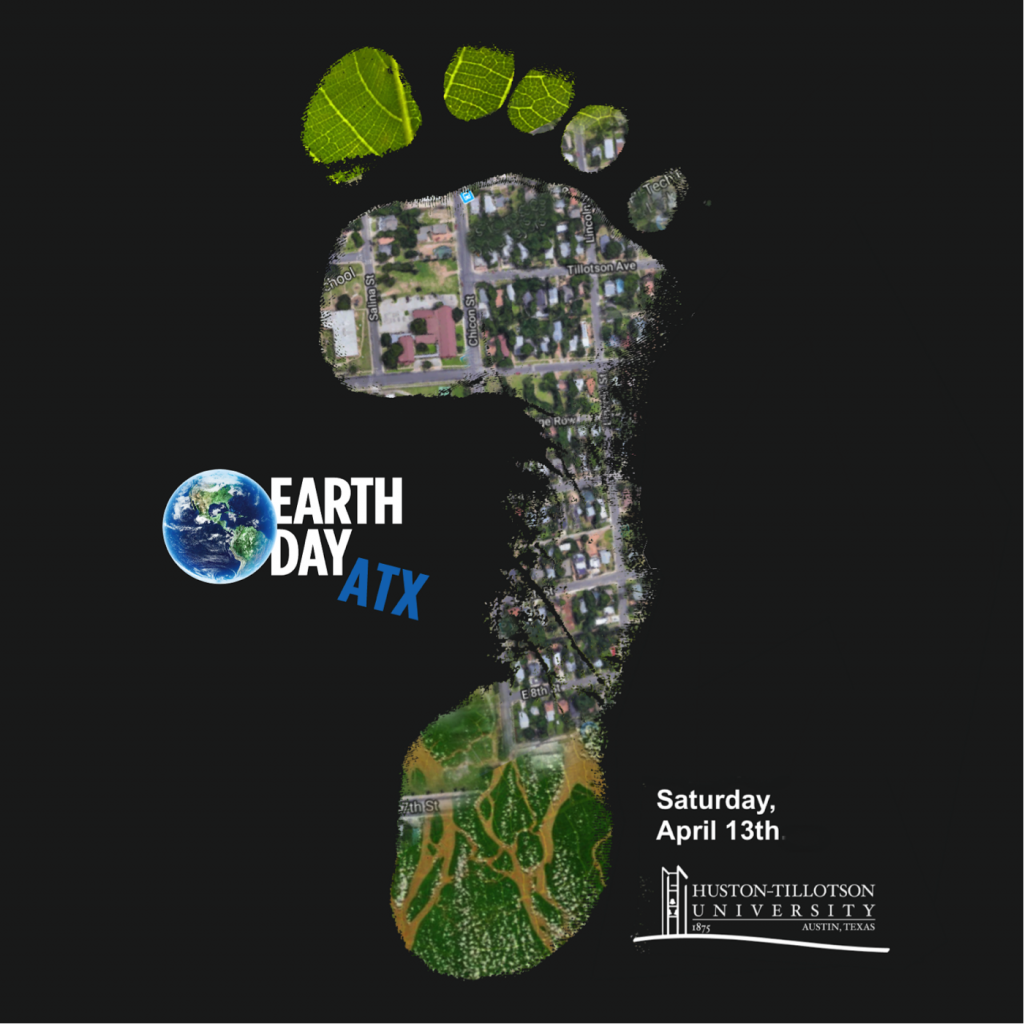Sponsored Post – from Earth Day Austin
Written by Janis Bookout.
Janis Bookout is the Executive Director of Earth Day Austin. The Earth Day ATX festival will take place on Saturday, April 13th at the campus of host and sponsor, Huston-Tillotson University. Production of the festival has changed hands, and Earth Day Austin is the new, independent, and locally-based nonprofit behind the festival. For more information, visit EarthDayAustin.com.
Where is your eternal spring? The place where newness resides? That place within yourself that you return home to?
It appears our global conversation has slid deeper into madness, and I find myself longing for my home. It was this dilemma that had me riveted to a recent episode of “The Good Place,” of all things. Fair warning, spoilers to follow.
The Dilemma is Real
“The Good Place” is a comedy with Ted Danson as a demon named Michael who tortures a group of four ordinary humans who have been sent to hell based on a points system. It’s a pilot program of sorts for the underworld in which one’s own character becomes the torture chamber.
So now I am in the third season, and Michael, having discovered compassion for humanity is horrified to realize that no one has gone to heaven in 400 years. He attempts to talk to the Accounting Department about the apparent sabotage of the “heaven vs hell” points system by other nefarious demons. They respond with completely ineffectual and bureaucratic nonsense. And that’s when Michael realizes the truth:
The reason why no one has gotten into heaven in 400 years is because, as the world has gotten more complex, it is harder and harder to do good. Buying flowers for your mother 400 years ago gained you points — simple. But now, the online purchase of flowers may be connected to child labor, environmental exploitation, electronic waste, toxic pollutants, and a higher carbon footprint due to shipping. Thus, not earning “do-gooder” points. Michael finds it completely depressing and is desperate to find a way out of the trap. (Aren’t we all?)
And that brings me to my point. As people who advocate for sustainability, justice, and life-forwarding solutions, not only must we deal with our knowledge that our job gets harder every day, we also regularly participate in the very dysfunctional system we are trying to change. Constantly finding ourselves part of the problem; making personal sacrifices; doing our work–all the while knowing that the system is rigged. Well, it takes something.
We Are ALL Complicit
Our society as we know it was built upon the exploitation of people, wildlife, and natural resources. Exploitation is our inheritance, no matter what our station, and we are all connected to it. But to be sure, we do not share the brunt of the impact of environmental degradation equally.
As an example, the number one factor in the placement of toxic facilities is race. In a hurricane, when these toxic facilities flood and leak, the communities exposed to most toxins are almost always communities of color. That’s one of thousands of examples of the disproportionate impact on people who are systematically exposed to risk.
So what do we do? How do we navigate a society built upon the exploitation of people, wildlife, and natural resources? How do we inspire change when our own actions constantly pull at the strings of society’s dysfunction? How do we return home to ourselves and our passion in a world we feel so disconnected from?
I don’t know for sure, but here are my thoughts:
Get Connected to Why We Care
Consider what upsets you most about the state of our environment and the inequities tied to it. How does it impact you on a daily basis? For me, I get upset at the idea that my children, indeed all of our children, are growing up in a world that is becoming less and less livable. The impact on me is worry and grief. I want each and every person to have the full experience of the exquisite beauty of life, your children and mine. Right there in my upset is my strength. The beauty of life gives me strength. It’s what I live for. What is it that you live for? Stated another way, what is your purpose? Do you allow your actions to be an expression of that purpose?
Get Connected to PEOPLE
Our “system” is made up of people, most of whom don’t look or think exactly like us. Deadening ourselves to the great grief of our history has dehumanized us to ourselves and to each other. But when we build real relationships with people, we begin to see things from their view and what they care about. When we do that, working together becomes easier. When we do that, we begin to deeply care about other humans very different from ourselves. This re-humanizes us. This is as simple as striking up a face-to-face conversation someone, being genuinely interested in what life is like for them, and being sensitive to how sharing your view might impact them.
Disrupt the Automatic.
In every moment, if we are conscious, we can see places we can disrupt the automaticity that keeps waste, pollution, and inequity in place. When hiring a staff, where are we placing the ads? When we sit down to eat, are we thinking about how much we need to put on our plate? When we purchase produce, are we only buying the prettiest fruit? Do we consider the practices of the business we frequent? When we donate goods, are we thinking about people who need different supplies than we would need? Disruptive behavior involves catching the moment as it happens and intentionally choosing another path. This goes way beyond “conscious consumerism.” This is being alive in life right here where we walk – right here at home.
The good news is, while it may be uncomfortable, it feels right. Once I scraped out a peanut butter jar in preparation for recycling and kept going rather than stop when it looked clean enough. To my surprise I ended up with a whole serving of peanut butter, which I used in a sandwich. As I ate the sandwich, I thought of my grandmother, who always did stuff like that. Instantly I was connected to both the impact of my actions and to my grandmother’s wisdom. It was a moment of returning home.
Embrace Action and Accountability
Environmental news stories often end in a statement that sounds like: “but there is still hope.” This drives me nuts. We need more than hope. We need to distinguish actions that will make a difference and take them. If we are connected to why we care and we are connected to people, the actions we take have more depth, more impact, and do less unintentional harm. This is the essence of hope–being the source of action. As we take action, we will naturally develop what’s needed to deal with what is in our way. This is honor at it’s best. The honor of one’s self.
So maybe I don’t have to wait for the next episode in the series to tell me how humanity can save itself from hell on earth. When we practice the honoring of who we really are, no matter what the circumstances, we will always be at home.
Please note – editorials and sponsored posts are written by guest writers to inform and educate the community on a variety of different viewpoints, as well as to share information about local eco-friendly businesses and organizations. However, they do not necessarily reflect the opinions of the Austin EcoNetwork.





